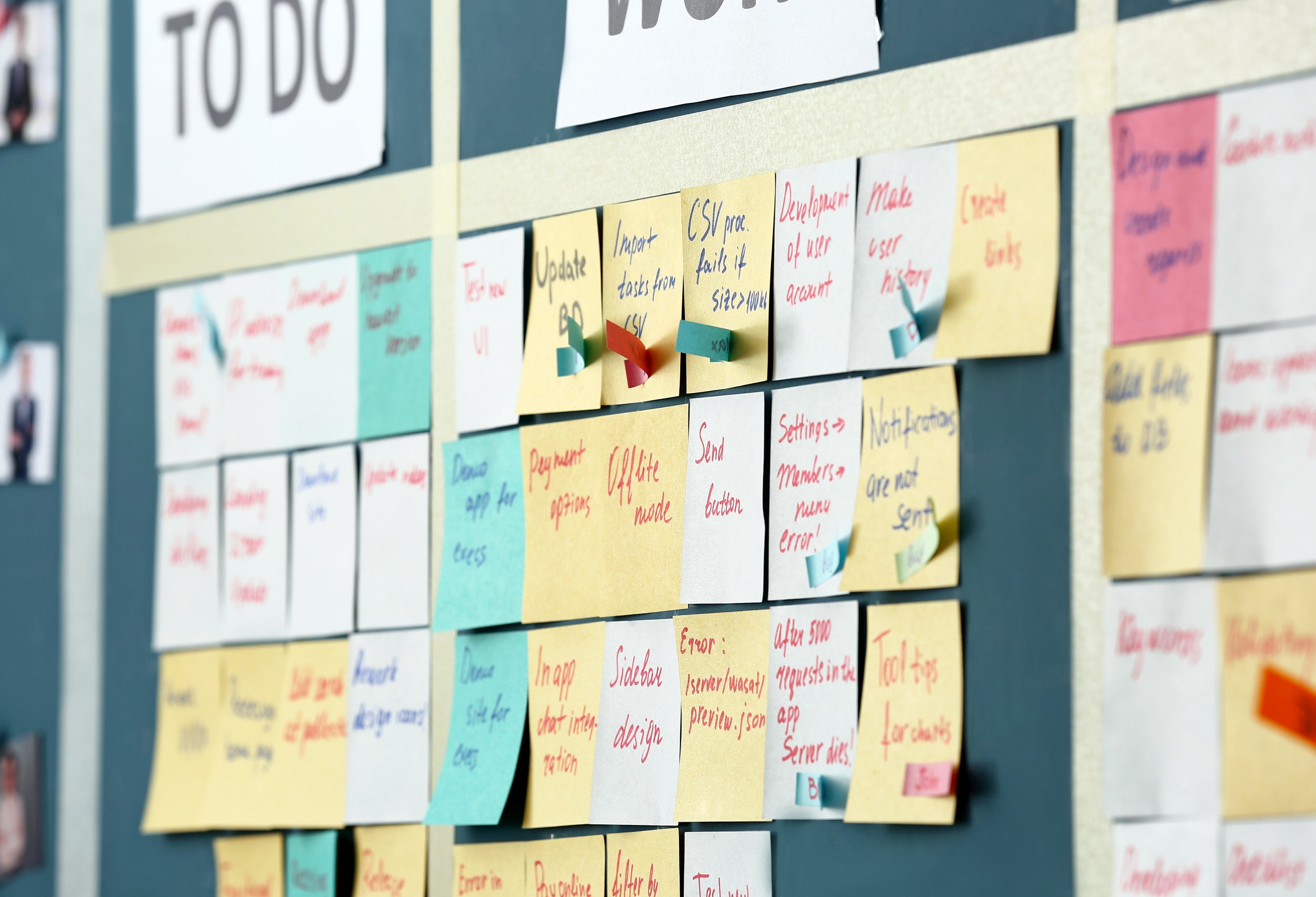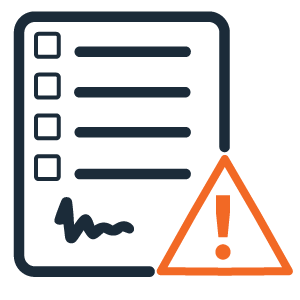
products at pace
Delivering great
Delivering great products at pace requires a combination of strategic planning, efficient processes, and a strong team culture.
Here’s a breakdown of the key requirements:
Product Vision: A clear, shared understanding of the product's goals.
Objectives and Key Results (OKRs): Setting specific, measurable goals aligned with the vision.
1. Clear Vision and Goals
User Research: Regularly gathering customer insights to understand their needs and pain points.
Continuous Feedback Loops: Incorporating user feedback throughout the development process to ensure alignment with customer expectations.
2. Customer-Centric Approach
Iterative Development: Using Agile frameworks (e.g., Scrum, Kanban) to break work into manageable sprints or tasks.
MVP Mindset: Developing a Minimum Viable Product (MVP) to validate assumptions and iterate based on real-world use quickly.
3. Agile and Lean Methodologies
Collaboration: Bringing together diverse skill sets (e.g., design, engineering, marketing) to work in tandem.
Autonomy: Empowering teams to make decisions accelerates the development process.
4. Cross-Functional Teams
Automation: Implementing Continuous Integration/Continuous Deployment (CI/CD) tools to reduce manual effort and increase deployment speed.
Project Management Tools: Utilising platforms like Jira, Trello, or Asana to keep tasks organised and teams aligned.
5. Efficient Processes and Tools
Decision-Making: Clear and decisive leadership that prioritises effectively and removes roadblocks.
Transparency: Open communication channels within the team and across the organisation to ensure everyone is informed and aligned.
6. Strong Leadership and Communication
Automated Testing: Integrating automated testing early in development to catch issues quickly.
Continuous Improvement: Regular retrospectives and process reviews to identify and implement improvements.
7. Quality Assurance
Change Management: The ability to pivot quickly to market changes or new information.
Risk Management: Proactively identify potential risks and have plans to address them.
8. Resilience and Adaptability
Lean Processes: Eliminating unnecessary steps and focusing on activities that add value.
Timeboxing: Limiting the time spent on tasks to ensure focus and prevent scope creep.
9. Focus on Speed and Efficiency
Encouraging Creativity: Providing space for experimentation and out-of-the-box thinking.
Learning from Failures: Treating failures as learning opportunities to improve continuously.
10. Innovation Culture
By integrating these elements, teams can consistently deliver high-quality products quickly, ensuring they meet customer needs while staying ahead of the competition.











